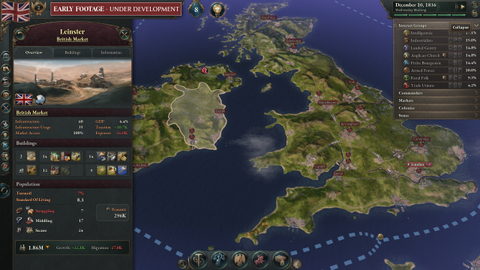
used a casualty clearing station to treat men with battle exhaustion. Rest, sedation and frank discussion of the need to discipline fear encouraged many soldiers to resume duty. Their experience during the siege at the Libyan port of Tobruk in 1941 convinced them that early treatment within sound of guns was highly effective. They believed it would encourage men to give in to their fears. Bernard Montgomery’s 8th Army, including its medical officers, were reluctant to introduce forward psychiatry, using specially designated casualty clearing stations. At first the term “Not yet diagnosed (nervous)” was used, but during the retreat to El Alamein, Egypt, cases were described as suffering from “exhaustion.” In their medical notes doctors still distinguish between simple fear states, anxiety neuroses and campaign neuroses that hit soldiers who had served in combat for several years, but battle exhaustion became the term of choice. British army psychiatrists insisted that a new label, which encouraged men to believe the condition was temporary and treatable, had to be devised.

In 1943 most people were still using the WW I term “shell shock” to describe men who broke under the stress of combat and ceased to function as soldiers. And although it accounted for more than one in four non-fatal casualties, few people understood what “battle exhaustion” was. These losses were concentrated in the rifle companies of the nine infantry battalions and as 1944 began most companies operated at half-strength.There was little that Major-General Chris Vokes and his staff could do about the physically sick or wounded men in the care of the Royal Cdn. A further 1,617 all ranks were admitted to hospitals as sick, including more than 500 men diagnosed as suffering from battle exhaustion. 176 officers and 2,163 other ranks killed, wounded or missing. The battles of December 1943 produced casualties on a scale that reminded men of the western front in 1916. When 1st Canadian Division veterans recall the Italian campaign, memories of Ortona and the winter that followed are never far from the surface.


 0 kommentar(er)
0 kommentar(er)
